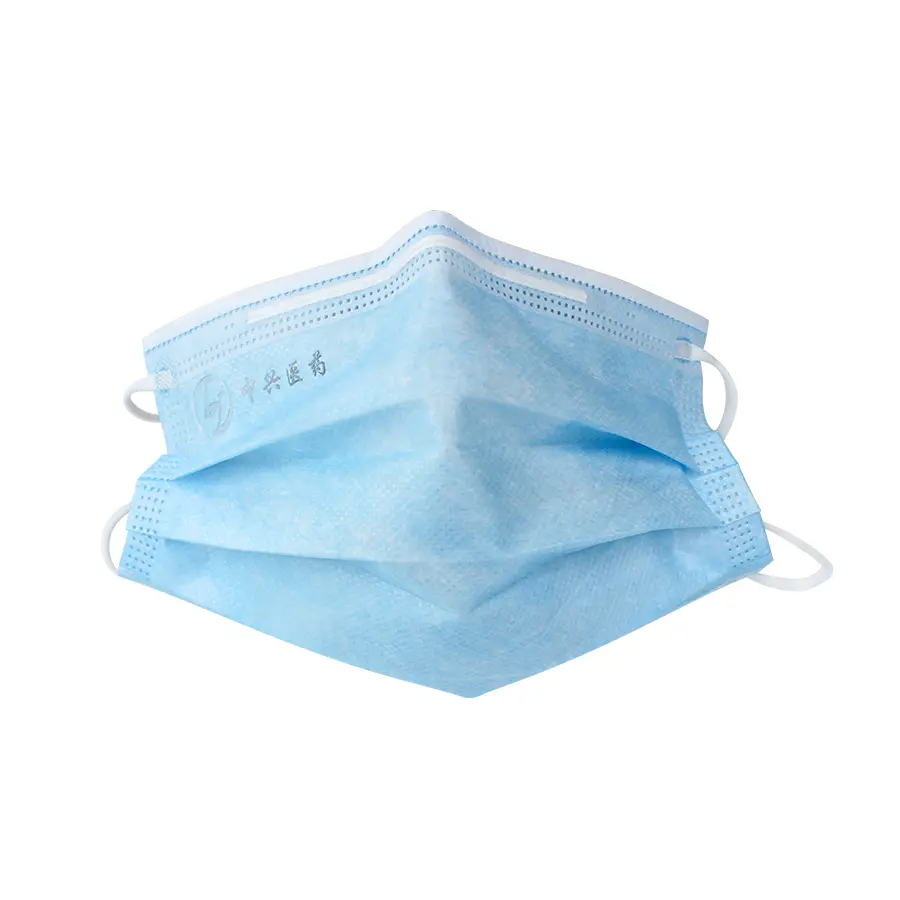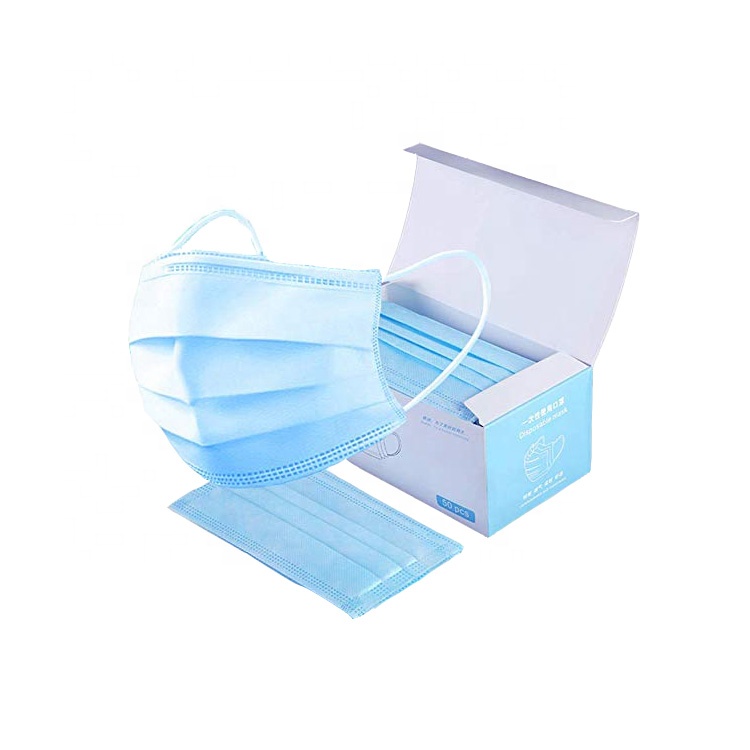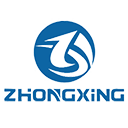The humble face mask has become a global symbol of public health and safety. As a procurement manager, medical distributor, or healthcare administrator, you understand that not all masks are created equal. The secret to an effective medical face mask lies in its core component: the non-woven fabric. This article is your definitive guide, written from my perspective as Allen, a manufacturer deep in the disposable medical consumables industry. We will explore the science behind this remarkable material, demystify the different types of non-woven fabric used, and provide the critical insights you need to source high-quality, compliant products for your organization. Reading this will empower you to ask the right questions and make informed purchasing decisions that protect both patients and practitioners.
What Exactly Is Non-Woven Fabric and Why Is It Used for Face Masks?
First, let’s clear up a common point of confusion. When you think of fabric, you probably picture traditional woven or knitted materials like cotton or linen. These are made by interlacing threads in a regular, repeating pattern—a process called a weave. Non-woven fabric, as the name suggests, bypasses this entire process. Instead of weaving, fibers are bonded together through chemical, mechanical, or thermal treatment. Imagine a web of fibers, either synthetic like polypropylene or natural like cotton or wood pulp, that are fused together to form a single sheet of material. This is the essence of non-woven material.
This unique construction gives non-woven fabric a set of properties that make it uniquely suitable for medical applications, especially for a face mask. Unlike woven fabrics, which have predictable gaps between the threads, the random arrangement of fibers in a non-woven fabric creates a complex, tortuous path that is highly effective at blocking small particles. This structure provides superior filtration, breathability, and fluid resistance, all of which are critical for a protective face mask. The masks are made this way to offer a reliable barrier against airborne contaminants while remaining comfortable enough for extended wear. It’s a marvel of material science that became indispensable during the recent pandemic.

How Are the Different Layers of a Surgical Face Mask Constructed?
A standard disposable surgical face mask is not just a single piece of fabric. It’s a sophisticated 3-ply system, where each layer has a distinct function. As a manufacturer, we engineer this layered system to maximize protection and comfort. Understanding this structure is key to appreciating the mask’s effectiveness.
The three layers are typically:
- Outer Layer: This is the first line of defense. It’s usually made from a spunbond non-woven fabric that has been treated to be hydrophobic (water-repellent). Its primary job is to repel splashes, sprays, and large droplets, preventing them from soaking into the face mask. Think of it as the mask’s raincoat. The outer layer is often colored, typically blue or green.
- Middle Layer: This is the most critical component for protection. The middle layer is made from a specialized non-woven fabric called melt-blown fabric. This layer acts as the primary filter, designed to capture tiny airborne particles, including bacteria and some viruses. Its effectiveness comes from a combination of its microscopic fiber structure and an electrostatic charge applied during manufacturing.
- Inner Layer: This layer rests against the skin. It must be soft, moisture-absorbent, and hypoallergenic to ensure the wearer’s comfort. Made from another layer of spunbond non-woven fabric, this inner layer is hydrophilic, meaning it absorbs moisture from the wearer’s breath and sweat, keeping the face dry and preventing skin irritation. This is a critical feature for healthcare workers who wear masks for long shifts.
Which Types of Non-Woven Fabric Are Crucial for Medical Masks?
While there is a wide variety of non-woven fabric types, two are paramount for manufacturing a high-quality medical face mask: Spunbond and Melt-blown. The difference between the two is fundamental to how the face mask performs. As a procurement expert, knowing this distinction will help you vet a potential supplier.
Spunbond non-woven fabric is created by extruding melted polypropylene through spinnerets to form long, continuous filaments. These filaments are then laid down in a random pattern onto a conveyor belt and bonded together using heat and pressure. The resulting fabric is strong, lightweight, and breathable. It’s used for the inner and outer layer of the face mask because it provides structural integrity and comfort. Another common non-woven type is spunlace, which uses high-pressure water jets to entangle fibers, creating a soft, cloth-like material often used in medical wipes and gowns.
Melt-blown non-woven fabric, on the other hand, is the star of the show when it comes to filtration. The process also starts with melted polypropylene, but it’s forced through much smaller nozzles into a stream of hot air. This process shatters the polymer into extremely fine microfibers, with a fiber diameter often less than one micron. These ultra-fine fibers form a dense web that creates the filter layer. The random orientation and tiny fiber diameter make this fabric exceptional at capturing microscopic particles. Without a high-quality melt-blown layer, a face mask is little more than a facial covering.
| Feature | Spunbond Non-Woven Fabric | Melt-blown Non-Woven Fabric |
|---|---|---|
| Primary Function | Structure, Comfort, Fluid Resistance | Filtration |
| Fiber Diameter | Larger (15-35 microns) | Very Fine (<1-5 microns) |
| Process | Continuous filaments are spun and bonded | Polymer is melted and blown with hot air |
| Key Property | Strength, Breathability | High Filtration Efficiency (BFE/PFE) |
| Mask Layer | Inner and Outer Layer | Middle (Filter) Layer |
What Raw Material is Used in High-Quality Non-Woven Fabric?
The quality of any finished product begins with its raw material. For medical-grade non-woven fabric, the undisputed champion is polypropylene (PP). This thermoplastic polymer is the foundational raw material for nearly all surgical and procedural face masks. You might wonder why polypropylene is the preferred choice over natural fibers like cotton.
The reasons are manifold. First, PP is hydrophobic, meaning it naturally repels water. This is a critical feature for the outer layer of a face mask, preventing respiratory droplets from being absorbed. Second, it is biologically and chemically inert, making it safe for medical use and unlikely to cause skin reactions. Third, and most importantly for the filter layer, polypropylene can hold an electrostatic charge for a long time. This charge actively attracts and traps airborne particles, significantly boosting the filtration capability of the fabric used.
As a manufacturer, we place immense importance on sourcing high-quality, 100% virgin polypropylene. Using recycled or inferior-grade PP can compromise the fabric’s integrity, reduce its filtration efficiency, and introduce impurities. When you are discussing specifications with a potential supplier, always inquire about the grade and source of their polypropylene raw material. This is a non-negotiable aspect of quality control. A reliable manufacturer will be transparent about their sourcing and provide documentation.

How Does Filtration Efficiency Define a Mask’s Quality?
When you see terms like "ASTM Level 2" or "Type IIR," these classifications are largely determined by the mask’s filtration efficiency. This metric is the single most important measure of a face mask’s protective capability. It’s not just about the fabric; it’s about how well that fabric performs its primary job: to filter out harmful contaminants.
There are two key measurements for filtration efficiency:
- Bacterial Filtration Efficiency (BFE): This test measures the percentage of bacteria particles (with a mean particle size of 3.0 microns) that the face mask fabric can filter out. For a product to be classified as a medical or surgical mask, it typically needs a BFE of ≥95% or ≥98%.
- Particle Filtration Efficiency (PFE): This is an even more stringent test. It measures the fabric’s ability to filter sub-micron particles (often at 0.1 microns). This is crucial for protection against some viruses and other ultra-fine airborne particles. A higher PFE indicates better protection against the smallest of threats.
The filtration efficiency is almost entirely dependent on the quality of the melt-blown non-woven middle layer. A dense fiber web with a strong electrostatic charge will yield a high BFE and PFE. As a buyer, you should always request test reports from accredited labs that verify the BFE and PFE ratings of the masks you intend to purchase. This data is the ultimate proof of the mask’s performance and a cornerstone of our quality control process.
Why is the Melt-Blown Layer the Heart of the Face Mask?
We’ve mentioned it a few times, but the melt-blown non-woven layer deserves its own spotlight. It is, without exaggeration, the heart and soul of an effective medical face mask. The spunbond layers provide the frame and comfort, but the meltblown fabric does the heavy lifting of protection. Its remarkable ability comes from a two-pronged defense mechanism.
The first is mechanical filtration. The process to extrude and blast the polypropylene with hot air creates a tangled, non-uniform web of ultra-fine fibers. This web is so dense that it physically blocks a high percentage of particles from passing through, like a microscopic sieve. The smaller the fiber diameter, the more intricate the web, and the better the mechanical filtration. However, if this were the only mechanism, making the fabric dense enough to stop a virus would also make it nearly impossible to breathe through.
This is where the second mechanism, electrostatic adsorption, comes in. During the manufacturing of meltblown nonwoven fabric, the fibers are imbued with an electrostatic charge. Think of it like the static electricity that makes a balloon stick to a wall. This charge turns the filter into a magnet for airborne particles. Instead of just physically blocking them, the fabric actively pulls particles out of the air and traps them on the fiber surfaces. This allows the melt-blown non-woven layer to achieve incredibly high filtration efficiency while remaining thin, lightweight, and, most importantly, breathable. This dual-action protection is what separates a medical-grade face mask from a simple cloth covering.

What Quality Control Measures Should a Procurement Manager Look For?
As a procurement manager like Mark, your biggest pain points often revolve around quality assurance and regulatory compliance. The COVID-19 pandemic led to a massive surge in new suppliers, not all of whom were reputable. For me, as a manufacturer with 7 production lines, rigorous quality control is not just a goal; it’s the foundation of my business. When evaluating a potential partner, here are the key measures you should look for:
- Certifications: The bare minimum is ISO 13485, the international standard for medical device quality management systems. Depending on your market, you should also look for a CE mark (for Europe) or FDA registration/clearance (for the USA). Ask for copies of these certificates and verify their authenticity.
- Raw Material Inspection: A good manufacturer inspects all incoming raw material. This includes verifying the grade of the polypropylene (PP) and testing the quality of the spunbond and melt-blown non-woven fabric rolls before they even enter the production line.
- In-Process Checks: Quality control shouldn’t just happen at the end. We conduct checks throughout the manufacturing process, from the welding of ear loops to the insertion of the nose wire, ensuring every component of the face mask meets specifications.
- Finished Product Testing: Every batch of masks should be tested for key performance indicators. This includes filtration efficiency (BFE/PFE), differential pressure (breathability), and fluid resistance. Ask for batch-specific test reports (Certificates of Analysis).
- Traceability: A robust system should be in place to trace every single face mask back to its production batch, the raw material used, and the date it was made. This is crucial for handling any potential quality issues or recalls.
These measures provide a framework for accountability. A supplier who openly shares their quality control processes is one who is confident in their product. We pride ourselves on this transparency, providing our partners with the documentation needed to ensure they are sourcing a safe and effective medical face mask.
Can You DIY a Face Mask with Non-Woven Fabric?
During the early days of the pandemic, when there was a critical shortage of PPE, many people turned to DIY solutions. The question often arose: can I make a medical-grade face mask at home using non-woven fabric? The short answer is, not really. While a DIY face mask is better than no covering at all, it’s impossible to replicate the quality and safety of a commercially produced surgical mask.
The primary issue is the specialized fabric and equipment. The critical melt-blown non-woven filter fabric is not readily available to consumers. Even if you could source it, creating a proper 3-ply mask requires ultrasonic welding machines to create a perfect seal without needles, which would puncture the fabric and compromise its barrier integrity. Simple cotton masks or masks made from common household fabric offer minimal filtration against fine aerosol particles.
Furthermore, professionally manufactured masks are made in a clean, controlled environment to ensure they are sanitary. A homemade face mask lacks the certified filtration efficiency, the proper fit, and the quality assurance of a product like a high-quality medical surgical face mask that has been tested to meet stringent international standards. For protection against airborne diseases, especially in a clinical setting, there is no substitute for certified, single-use medical masks.
Are There Sustainable or Reusable Non-Woven Fabric Options?
The environmental impact of disposable medical products, particularly the billions of face masks produced since 2020, is a growing concern. This has led to the question of whether more sustainable or reusable options exist for non-woven fabric. Currently, the answer is complex. The very properties that make polypropylene non-woven fabric so effective for a disposable face mask also make it difficult to recycle.
The primary challenge is contamination. Used masks are considered medical waste and cannot be mixed with regular plastic recycling streams. Additionally, the melt-blown non-woven fabric layer, being a composite material, is difficult to break down and reprocess. While research is ongoing into biodegradable polymers and more efficient recycling methods, we are not yet at a point where a sustainable medical-grade face mask is widely available.
Some nonwovens are designed for reusable applications (e.g., shopping bags), but these do not have the fine filtration properties needed for a face mask. For now, the priority in healthcare remains safety and sterility. The single use nature of surgical masks is a key feature that prevents cross-contamination. As technology evolves, we hope to see more sustainable materials that can meet the rigorous performance and sanitary standards of the medical industry.
For a procurement professional, choosing the right supplier is as important as choosing the right product. Your supply chain’s reliability directly impacts your ability to serve your customers. After years in this business, I’ve seen what separates a great partner from a transactional supplier. When sourcing products made from non-woven fabric, from face masks to essential PPE like disposable isolation gowns, here is what you should look for.
First, seek a direct manufacturer, not just a trading company. A manufacturer has control over the entire production process, from raw material sourcing to final packaging. This means better quality control, more consistent supply, and often, more competitive pricing. They can provide detailed technical specifications and are better equipped to handle custom requests. Second, prioritize communication. Is the sales representative responsive, knowledgeable, and fluent in your language? Inefficient communication is a major pain point and can lead to costly misunderstandings and delays.
Third, verify their credentials and experience. Ask for their business license, certifications (ISO, CE), and past performance records or references. Inquire about their production capacity and lead times. A reliable manufacturer will have a clear understanding of international logistics and can work with you to ensure smooth shipment. Finding a partner you can trust is about more than just the fabric; it’s about building a relationship based on transparency, quality, and mutual respect. We strive to be that partner for our clients in the USA, Europe, and across the globe, providing not just a face mask, but peace of mind. Other nonwoven disposables, like medical bouffant caps, are also a staple of our production lines, showcasing our expertise across the category. It’s about providing a full suite of products, including things as fundamental as absorbent cotton balls, to be a one-stop-shop for our clients.
Key Takeaways
To make the best sourcing decisions for non-woven medical products, always remember:
- It’s a 3-Layer System: An effective surgical face mask has a hydrophobic outer layer, a melt-blown filter middle layer, and a soft, absorbent inner layer.
- Melt-Blown is the Key: The melt-blown non-woven fabric is the heart of the mask, providing critical filtration through both mechanical and electrostatic means.
- Polypropylene is the Standard: High-quality, medical-grade polypropylene (PP) is the essential raw material for creating a safe and effective face mask.
- Filtration Efficiency is Proof: Always demand test reports verifying the Bacterial Filtration Efficiency (BFE) and Particle Filtration Efficiency (PFE) of the masks.
- Quality Control is Non-Negotiable: Partner with a manufacturer that demonstrates robust quality control, holds key certifications like ISO 13485, and is transparent about their processes.
- Direct Manufacturer is Best: Working directly with a factory gives you better control over quality, communication, and cost.
Post time: Jul-18-2025





